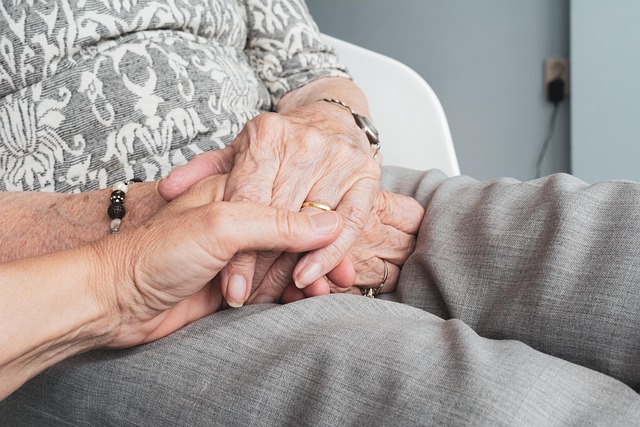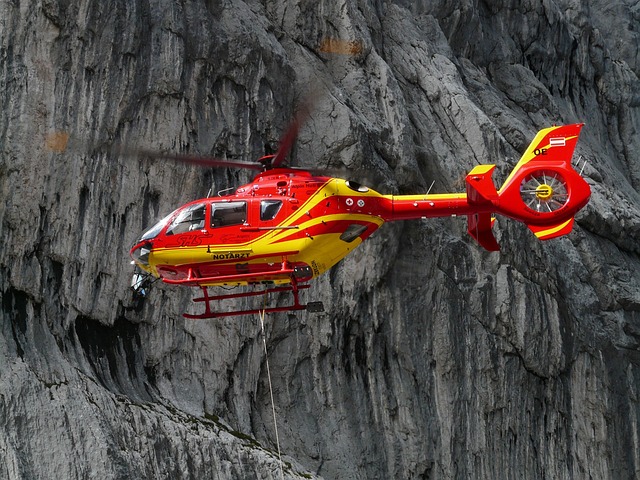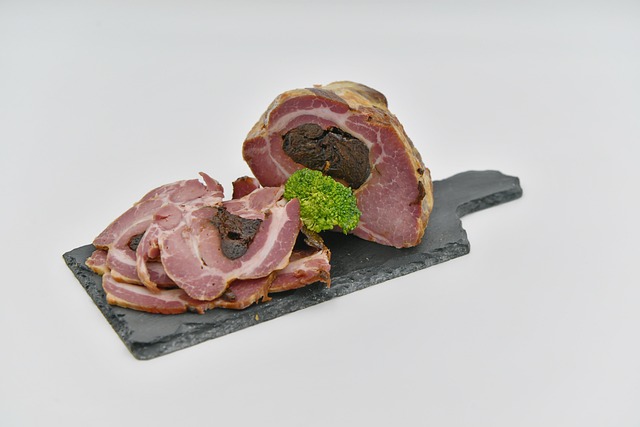Range of Motion (ROM) therapies, crucial for car crash injury recovery, include passive and active ROM. Chiropractors use passive ROM to reduce initial pain and inflammation by moving joints without patient effort, targeting joint stiffness and muscle tension. Active ROM, combined with chiropractic care, strengthens muscles, improves stability, and restores functional mobility after pain subsides. This dual approach optimizes recovery for car crash victims by addressing structural misalignments and enhancing overall well-being.
Range of Motion (ROM) therapies play a pivotal role in recovering from car crash injuries, offering both passive and active approaches. Understanding these distinct yet complementary treatments is crucial for optimal recovery. This article delves into the intricacies of each, focusing on how passive ROM therapy addresses soft tissue damage post-accidents, while exploring active ROM’s synergy with chiropractic care. By examining these techniques, individuals can make informed decisions to navigate their road to recovery.
- Understanding Passive and Active ROM Therapies
- Passive ROM Therapy for Car Crash Injuries
- Active ROM and Chiropractic Care for Optimal Recovery
Understanding Passive and Active ROM Therapies

Range of Motion (ROM) therapies are crucial treatments for individuals recovering from car crash injuries, particularly when seeking chiropractic care. These therapies focus on improving the flexibility and mobility of joints affected by the accident. There are two primary types: passive and active ROM. Passive ROM involves a healthcare professional moving the patient’s joint through its full range of motion without any effort from the patient. This method is often used initially to reduce pain and inflammation, especially in severe cases where the patient might be unable to move their joints on their own.
Active ROM, on the other hand, encourages patients to actively participate by moving their joints through a controlled range of motion. This type of therapy is typically introduced once the initial pain and inflammation have subsided. Active participation helps strengthen muscles, improve joint stability, and restore functional mobility, which is essential for daily activities and sports performance. Chiropractic care often incorporates both passive and active ROM techniques to cater to individual patient needs, ensuring optimal recovery after car crash injuries.
Passive ROM Therapy for Car Crash Injuries

Passive ROM therapy is a crucial non-invasive approach to enhancing the range of motion (ROM) in individuals recovering from car crash injuries. This technique, often employed by chiropractors, involves a healthcare provider actively moving the patient’s joints through their full range of motion, with minimal or no effort on the part of the patient. It is specifically tailored to address the common issue of reduced ROM experienced by many after a motor vehicle accident.
By utilizing specific chiropractic adjustments and gentle manipulations, passive ROM therapy helps alleviate joint stiffness, reduces muscle tension, and promotes healing. This method can significantly improve the patient’s ability to move their limbs freely, which is essential for regaining functionality and independence post-injury. It also aids in pain management by reducing the sensation of discomfort associated with limited mobility.
Active ROM and Chiropractic Care for Optimal Recovery

Active ROM therapy, coupled with chiropractic care, offers a comprehensive approach to recovery for individuals post-car crash injuries. This hands-on treatment involves manipulating and mobilizing the spine, joints, and soft tissues to restore optimal range of motion (ROM). Chiropractic professionals are trained to assess and address specific areas of restriction and pain, which can significantly impact mobility and overall well-being.
By incorporating active ROM exercises and chiropractic adjustments, patients can accelerate their healing process. Active ROM helps strengthen muscles, improve joint function, and enhance flexibility. This proactive approach not only relieves acute pain but also reduces the risk of chronic issues developing as a result of reduced mobility after an accident. Chiropractic care further complements these efforts by addressing the underlying structural misalignments that may contribute to ongoing discomfort and limited ROM.
In conclusion, both passive and active ROM therapies play pivotal roles in recovery from car crash injuries. Passive ROM Therapy offers gentle yet effective movement to improve flexibility and reduce muscle tension, while Active ROM, combined with chiropractic care, promotes a more dynamic approach to restore full range of motion and support the body’s natural healing process. Incorporating these treatments can significantly enhance recovery outcomes for individuals suffering from motor vehicle accident-related musculoskeletal issues.














